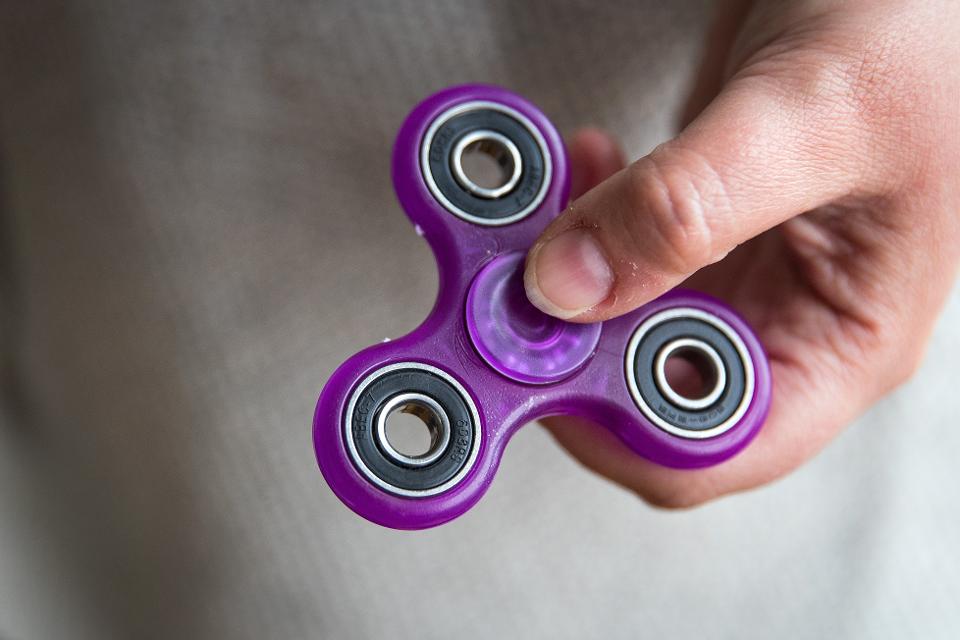
Article Detail
16 Oct
Fidget spinners are literally everywhere. When I’m on my way to university I see parents with children playing with fidget spinners, on the weekend I see children in groups playing with fidget spinners and now I’m seeing them in space.
If you don’t know what fidget spinners are then this is what they look like and all they really do is spin.
Although, they ‘just’ spin, there is quite a lot of physics involved in fidget spinners. They work by having a center piece that is attached to ‘three wings’. Between these two pieces is a bearing race. This is a low friction system consisting of a circular channel where small balls roll. Rolling objects experience less friction than an object that is not rolling. You can do this experiment yourself, slide your phone or book across your desk and then compare this to rolling a coin or marble across the desk. Which one was easier? You’ll probably find that the rolling object was a lot easier to move. This is all down to the amount of the object that is in contact with the desk. For the rolling object, at any one time, only a small part of the object is in contact with the desk. Whereas for a book the whole area of one face of the book is in contact with the table, thus leading to larger amounts of friction.
Consequently, the balls in the bearing race act to reduce the friction of the fidget spinner making it easier to spin as well as increasing its spinning time. This is why fidget spinners seem to spin forever.
To get the fidget spinner to spin, you hold the center piece and tap one of the wings and away it goes. That tap, in physics, is called a torque. Torque is basically a force you exert on an object in order to initiate rotation. The wings are weighted so that this torque is larger and the fidget spinner can spin for longer.
Spinning objects have angular momentum, which is essentially the same as regular momentum but for a rotating system. Because of this, you can do some pretty cool tricks with a fidget spinner.
Source: forbes.com



